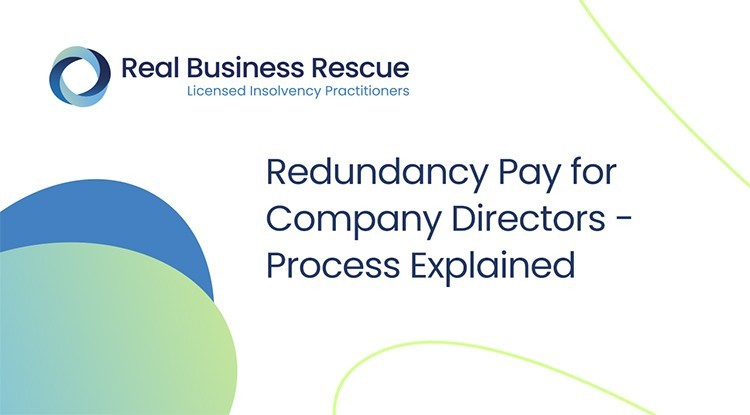Who Pays Redundancy Money? An In-depth Overview for Employers and Employees
Who Pays Redundancy Money? An In-depth Overview for Employers and Employees
Blog Article
Examining the Interplay In Between Company Redundancy and Business Versatility for Future Growth
In the dynamic landscape of today's organization world, the detailed connection in between business redundancy and organizational flexibility arises as an important aspect for continual development and success. Firms frequently deal with the obstacle of striking a fragile balance between preserving a degree of redundancy to minimize threats and fostering versatility to respond quickly to the ever-evolving market needs.
Relevance of Firm Redundancy
Company redundancy is an essential aspect that improves organizational durability and alleviates functional dangers. By including redundancy actions within the business structure, business can much better stand up to unpredicted disturbances and variations in business setting. Redundancy offers as a critical barrier, enabling business to adapt and respond effectively to unexpected obstacles without endangering crucial procedures.
One secret element of the significance of company redundancy is its duty in making certain connection during times of crisis. When faced with abrupt modifications or emergencies, redundant systems, sources, or workers can step in to keep critical features and avoid widespread disturbances. This continuity not only safeguards the firm's track record and client trust yet also reduces financial losses and functional downtime.

Techniques for Business Versatility

Creating versatile business frameworks that enable for quick adjustments to market characteristics and consumer demands is necessary for remaining competitive in a rapidly evolving setting. By proactively recognizing prospective interruptions and opportunities, companies can proactively flourish and adapt in an ever-changing organization landscape.
Harmonizing Redundancy and Adaptability
Attaining a harmonious balance between functional redundancy and business versatility is paramount in browsing the complexities Home Page of a dynamic organization environment. Striking the ideal equilibrium between redundancy and versatility you can try here is a delicate procedure that calls for a deep understanding of the organization's goals, sector characteristics, and risk tolerance.
To attain this equilibrium, companies need to conduct regular evaluations of their operations to determine areas where redundancy is required for danger mitigation and where versatility can drive advancement and development. Carrying out versatile frameworks, promoting a culture of constant knowing and enhancement, and encouraging open communication across all degrees of the company are vital approaches to integrate redundancy and versatility successfully. By lining up these two crucial elements, companies can place themselves for lasting development and success in an ever-changing company landscape.
Situation Studies on Adjustment Success
In taking a look at circumstances of successful organizational adaptation, it ends up being obvious that the interaction in between operational redundancy and adaptability is a specifying element in shaping durable services. A DVD rental solution, Netflix showed remarkable adaptability by have a peek at this site transitioning into a streaming platform when digitalization disrupted the market. These situation research studies highlight the relevance of functional redundancy combined with business versatility in promoting long-lasting development and competition.
Building Durability for Future Growth
Structure durability for future growth calls for a calculated positioning of operational procedures with market dynamics and arising patterns. Companies must adjust to changing settings by promoting a culture of flexibility, technology, and constant improvement.
Additionally, fostering solid connections with stakeholders, such as customers, staff members, providers, and the area, is necessary for maintaining and weathering uncertainties trust fund and support throughout turbulent times. Efficient interaction and transparency play an essential role in structure strength, as they assist facilitate and line up assumptions partnership in browsing uncertainties.
Moreover, companies require to prioritize discovering and growth initiatives to upskill workers and furnish them with the necessary tools to adjust to changing scenarios. By spending in their workforce, business can boost their adaptability and agility, eventually reinforcing their resilience for sustainable future growth.
Verdict

In the dynamic landscape of today's business globe, the intricate connection in between business redundancy and business adaptability arises as an important variable for sustained development and success. Companies usually deal with the obstacle of striking a delicate balance in between maintaining a level of redundancy to mitigate risks and promoting flexibility to respond quickly to the ever-evolving market needs.To achieve this balance, business require to conduct regular analyses of their operations to determine areas where redundancy is essential for risk mitigation and where versatility can drive advancement and development.In conclusion, the interplay between business redundancy and business flexibility is vital for future growth. Structure resilience with a mix of redundancy and flexibility will certainly ensure that firms are prepared for the difficulties of the future.
Report this page